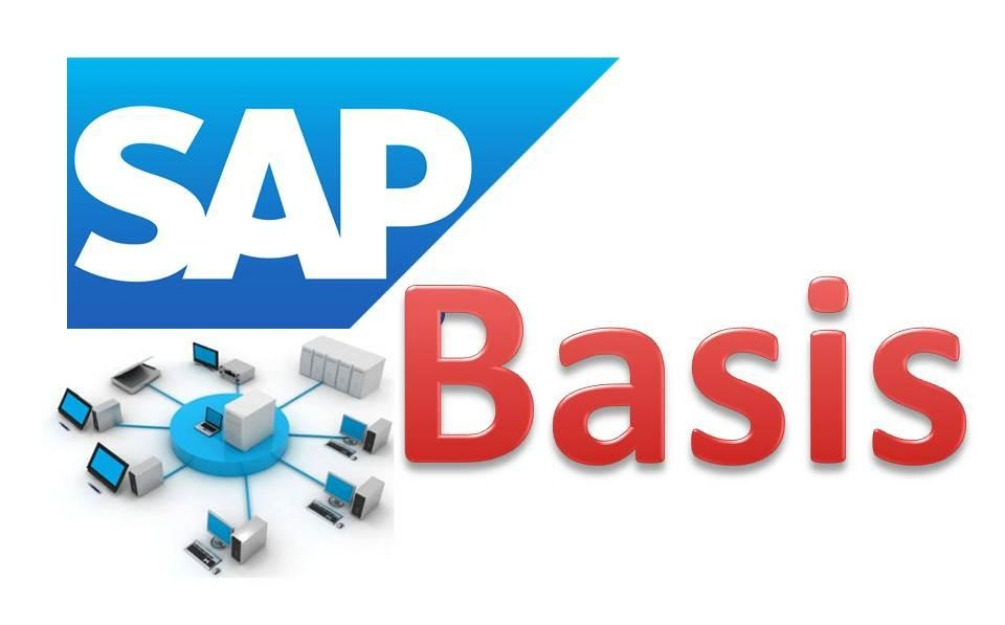2. Explanation on SAP ST02 screens
2.1. SAP Buffer and Memory overview/summary screen
ST02 overview screen show information at instance level and has several sections:
- Top shows instance name, instance startup date and snap-shot of date time.
- Buffer section shows different SAP buffer configuration and current status.
- SAP Memory section shows SAP memory configuration and current status.
- Call Statistics shows database access information.
I have not encountered a performance case which I need “Call Statistics” data to do analysis, It looks like straightforward. From performance point view, buffer sections and SAP memory section is more critical – that is what I am going to cover in following sections.
2.1.1. SAP Buffer section explanation
Column field explanation
| Screen Field | Explanation |
| Buffer | Type of buffer like nametab, Program etc. |
| Hitratio % | Namely buffer quality =( total access – physical access)/ total access x 100%. |
| Alloc. KB | Configured or allocated memory space for the buffer type in question. |
| Freesp. KB | Free space = allocated memory space – occupied memory space. |
| Dir. Size | Maximum number of buffer object that can be kept in the related buffer. |
| FreeDirEnt | Free Directory Entry = Directory Size – used Dir Entry. |
| % Free Dir | = free Directory / Dir. Size X 100%. |
| Swap | Number of buffered objects which has been swapped to page area. |
| DB Access | Number of data transfers from the data base to the related buffer. |
2.1.2. SAP Memory section explanation
This section shows configured memory/virtual memory for a list of sap memory type and their memory usage.
| Column | Explanation |
| Sap Memory | Show type of SAP memory |
| Curr. Use % | = allocated memory/total-memory X 100% for the type of memory in question |
| CurrUS[KB] | Currently used memory at the instance |
| MaxUse[KB] | High-water mark since the SAP instance is started |
| In Mem[KB] | Configured total memory |
| OnDisk[KB] | Configured disc space(Virtual memory),only eligible for Page memory and roll memory. |
| SAPCurCache | SAP Cursor Cache |
| HitRatio | Applicable for ID and statement Caches. |
2.2. SAP Memory Quotas screen
| Column | Explanation |
| texts | Sap tasks type like dialog, background etc. |
| Step | Sequence allocation – next memory area only if memory allocated in previous steps is not enough. |
| Memory type | 3 possible memory types under current SAP design: Roll, Extended and Heap |
| Amount | Configured the memory size for the tasks. |
The SAP screen quotas screen (see figure 2) answers the question of what is maximum memory a SAP process can use:
- Dialog tasks can use memory up to an amount <=Roll + Extended + Roll + Heap. Transaction executed online by SAP user is a dialog tasks.
- Non-dialog tasks can use memory up to an amount <=Roll + Heap + Extended. SM37 background job is a non-dialog task.
Dialog tasks are executed in SAP Dialog work process. RFC calls and online transactions are executed in dialog work processes. Job, update and spool are non-dialog tasks. Jobs are executed “BGD” SAP work processes. Update tasks are executed in SAP “UPD” work processes. SAP transaction SM50/SM66 is a work process monitor.
2.3 SAP mode list screen
Figure 3 screen shows SAP Memory usage for every external session by every logon user who is in the instance.
| Column | Explanation |
| user | Sap user –same user might have more than one entries |
| EM used | Extended Memory used by a user session in KB |
| Heap | Heap memory used by a user session in KB |
| Other columns like “I-mode G1″ etc | I have not found the need to use those columns for SAP memory analysis. |
Mode list has two sections – the upper section show current status, the lower section shows history information.
